Whether it’s rethinking how a workspace is organized or finding smarter ways to reduce various types of waste, our team members are the driving force behind progress. By investing in continuous improvement, we’re transforming operations while building a culture that reflects our commitment to safety, efficiency and innovation.
Continuous improvement is an ongoing effort to improve our business, and we want to make sure our processes deliver results in an efficient and predictable way. To help us achieve this, we rely on two core philosophies: Lean Manufacturing, which focuses on improving flow and reducing waste, and Six Sigma, which aims to reduce errors and variation. Both disciplines can be applied incrementally over time or through breakthrough strategies all at once. Together, they form the foundation for our Continuous Improvement program and guide us as we approach every opportunity for progress.
What does it mean to get Lean?
Lean is more than a buzzword; it’s a state of mind. A Lean initiative centers on methodically identifying and eliminating waste. These efforts empower teams to deliver greater value with fewer resources by streamlining processes, improving quality and encouraging a culture of innovation. Investing in this approach makes us more agile and better equipped to adapt to change. By seizing these opportunities, we strengthen our role as valuable partners to our customers, delivering the reliability they count on.
Supporting the goals of Lean are Six Sigma tools that aid in problem-solving and approaching new challenges with clarity. These tools offer structured methods for analyzing processes and identifying inefficiencies that set up improvements for longevity. By integrating these techniques into our workflows, we reinforce a mindset of continuous improvement.
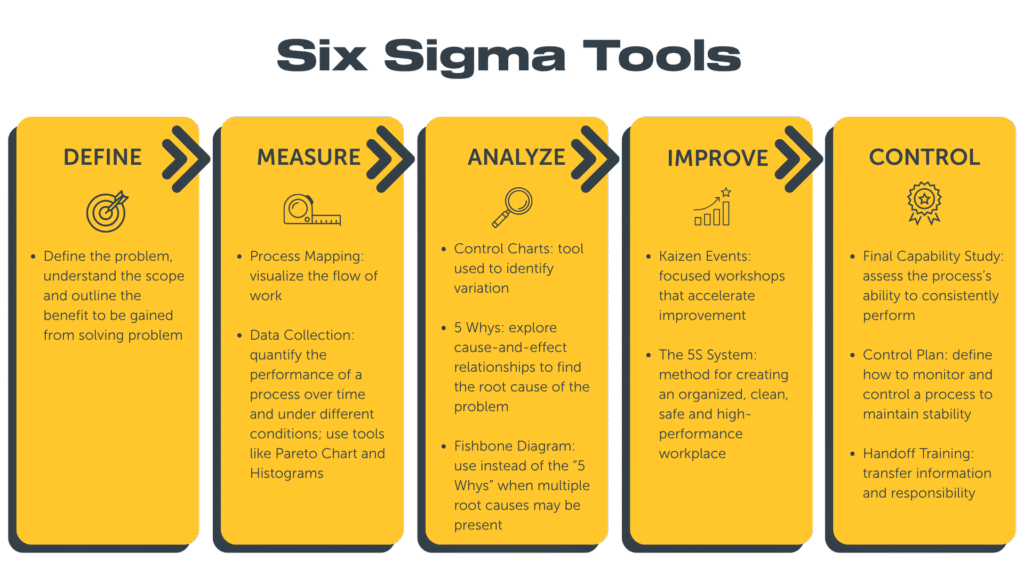
How do you know what you’re looking for?
To understand how to best leverage Lean methodology, it helps to know what kinds of “waste” an entity would want to reduce or eliminate.
There are 8 classified types of waste:
- Transportation: Excess movement of material
- Overproduction: Creating more output than is needed
- Waiting: Time spent idle while other steps are completed
- Inventory: More raw material, WIP (work-in-process), or finished product than is necessary
- Skill: Underutilizing people’s talent and ideas
- Defects: Making product not fit for use
- Overprocessing: Doing more work than necessary
- Motion: Wasted movement by people
When one of these golden opportunities is identified by our AMI team members, they’re empowered to initiate meaningful change with a strategic support team at the ready.
Introducing our Continuous Improvement team:
Leading the charge for our efforts is AMI’s tactical Continuous Improvement team. This group of problem-solvers is dedicated to collaborating across business functions to improve operations and processes every day.
Their vision? A “Journey to Lean”, a company-wide initiative that serves as a roadmap for establishing baselines and setting standardized methods for our processes. It’s about creating a culture where every business function, team and individual is empowered to identify opportunities that drive meaningful change.
Meet the experts at the helm:
John Anderson – Director of Continuous Improvement
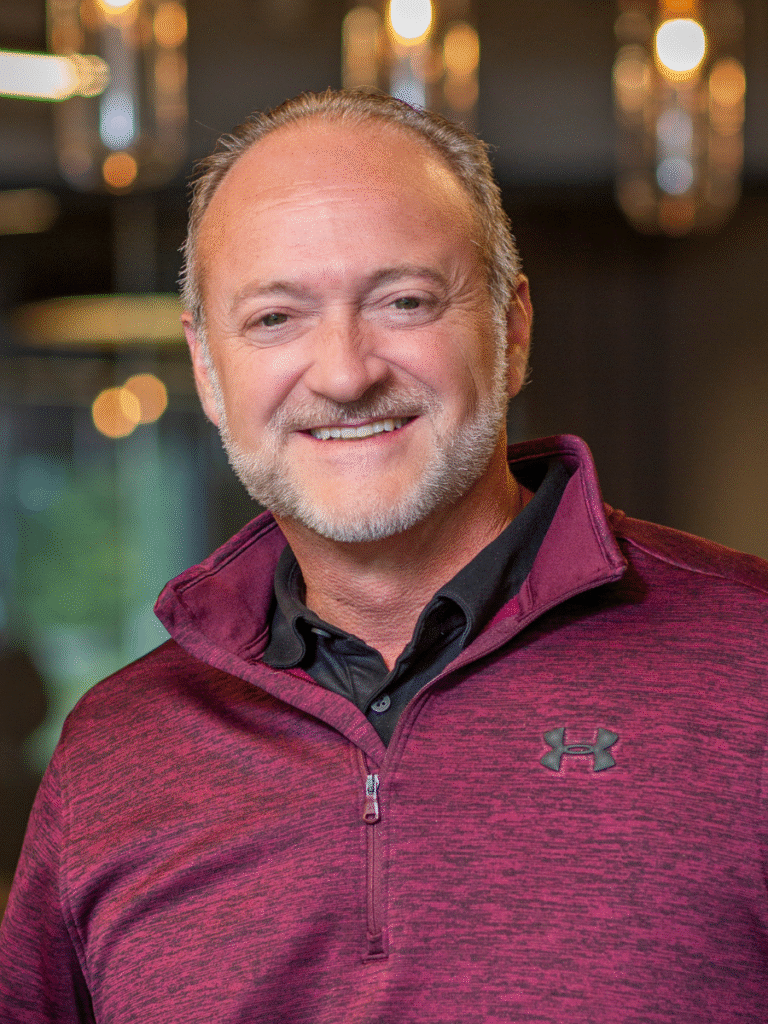
Q: What got you into continuous improvement?
A: “I was fresh out of college working for a company that made electrical power cords. Black and Decker was a customer who came to our factory and led a kaizen event utilizing 1-piece flow. I observed from a distance — I definitely didn’t know about a kaizen or the power of 1-piece flow. We all kind of laughed when they had a “race” against our best batch manufacturing cell. We quit laughing when the single-piece-flow team beat the best we had across the board! I never forgot that, and it encouraged me to try a few other tests that I had learned in school. That work was noticed, and I was sent to Six Sigma training followed by Lean training.
When I first started continuous improvement, I liked the sense of accomplishment when you take a process that isn’t behaving the way it should and correct everything. The result is something that does what it is supposed to do. As I became more experienced, I found that I got more enjoyment through showing other people how to use the tools to make their lives easier.”
Q: What’s your favorite Six Sigma tool?
A: “The Process Map! I have found more improvements with this simple tool than anything else. It is easy to do, everyone understands it with minimal training, and everyone can participate. After it is created, everyone is on the same page and can equally contribute because it creates the baseline for all the future work you will complete.”
Jessica Laffin – Lean Six Sigma Black Belt

Q: What got you into continuous improvement?
A: “I got a chance to lead a kaizen on behalf of THG with a local food bank and see the impact that Lean tools can have first-hand. It was really fulfilling to measure a system, address the issues practically and improve the process for both operator and customer. Everybody won! Quantifying improvements allows us to show impact of change.“
Q: What’s your favorite Six Sigma tool?
A: “It’s a tie between Pareto Charts and Flowcharts. Pareto Charts show where to focus your efforts for the greatest impact. Flowcharts are a really simple way to identify waste in your process, predict where communication breakdowns may occur, and compare how different operators run the same process.”
Ethan Puckett – Lean Six Sigma Black Belt

Q: What got you into continuous improvement?
A: “While working in a role that was primarily focused on data analysis and visualization, I was given the opportunity to participate Green Belt training and lead a project to improve the speed and accuracy of an inventory process I was familiar with. The project itself was successful in that we were able to improve processing time and reduce counting errors significantly, but the real benefit to me was seeing the training I’d taken in action. The tools and the way we learn to organize projects really did work. I enjoy being able to see tangible improvements in the projects I get the chance to work on. When you’re given the chance to make something work better and it saves us time, money, or headaches, that’s a great feeling.”
Q: What’s your favorite Six Sigma tool?
A: “Mine would have to be 5S. At the most basic level it’s a tool to give structure to something like a garage spring cleaning, and that resonates with just about everyone. When fully utilized, this tool goes far beyond just cleaning and helps create work areas that are organized, high-functioning, and easily maintained. This tool is easy to teach and lends itself well to projects where you get quick wins that are easy to see.“
“This is important to us. There’s recognition across the organization that continuous improvement contributes value to the business. We’ve set our targets, and we’ve started down this journey together.”
– John Anderson, Director of Continuous Improvement
This team doesn’t act alone, though.
All AMI employees are encouraged to participate in training to earn their Lean Six Sigma Yellow Belt, and furthermore, become a certified Lean Leader. Demonstrating their understanding of Lean Six Sigma tools with hands-on projects equips our team members with the tools they need to act on areas of improvement as they see them. To date, every plant manager at each of our locations has completed Lean trainings, with several additional certifications earned throughout our operations. Select project facilitators in each of the company’s business functions also step up to champion continuous improvement projects, leading Six Sigma tool activities to complete the task as needed.
Between these Lean Leaders, our continuous improvement team and the dedicated champions embedded across our business, a powerful network of problem-solvers has emerged to tackle opportunities.
How do we put these tools into practice?
Every project begins at a different starting point, making the path forward variable for each occasion. The Journey to Lean helps us meet each opportunity where it is, establishing strong operational foundations that drive out waste, reduce variation and improve stability.
Here are just a few ways our teams are driving change:
Plastic Tote Reduction
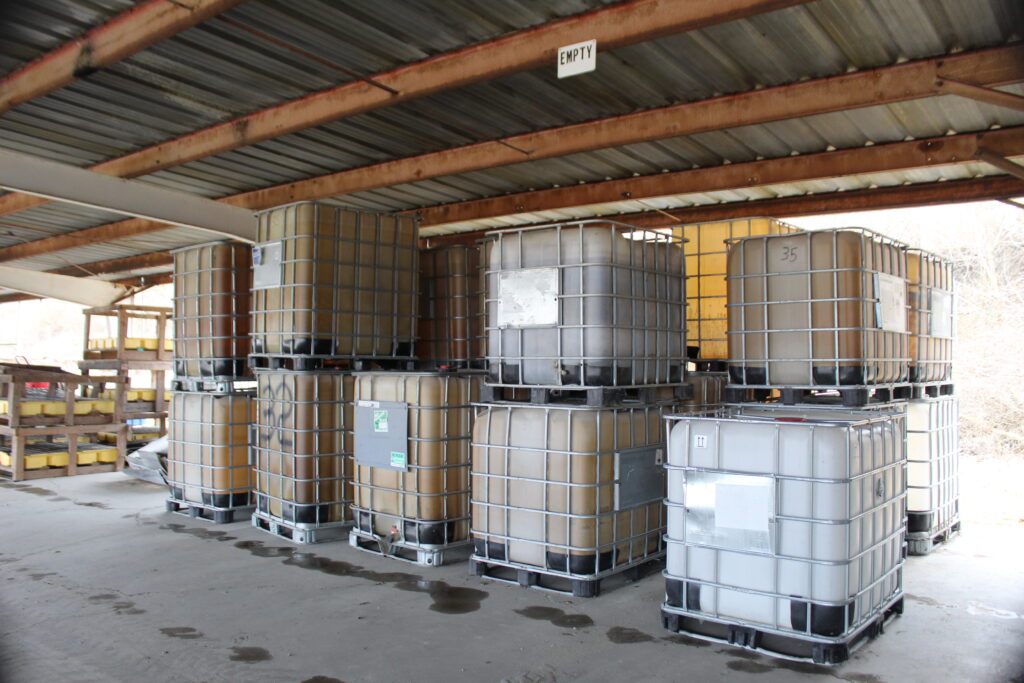
Plastic totes are used at our plant facilities to hold raw materials or waste for disposal. Once no longer needed, they would often be relocated onsite for a holding period before ending up in a landfill. By establishing a removal process, the risks presented to our workforce are now mitigated and our environmental footprint is reduced. See how our team approached this opportunity.
Processing Raw Materials
As a result of the plastic tote reduction initiative, a new process was needed to manage the movement of raw materials throughout our network. After documenting how inventory was being handled, (stored, transferred or disposed of) our team developed an automated system to streamline communication around material management. The system triggers a chain of notifications to appropriate stakeholders when inventory is identified as slow-moving, excess or unusable, resulting in clear action steps required to properly address the material.
Indianapolis Maintenance Shop Kaizen
Our Indianapolis plant’s maintenance shop was transformed to improve safety, organization and efficiency. A shop reorientation was completed with the implementation of visual work management systems, labeled storage, safety markings and more. The team also deep cleaned, painted and decluttered the space, disposing of waste and optimizing equipment layout.


We’re in this for the long haul.
The Journey to Lean is a roadmap, but it’s also a shared commitment that connects our teams and ultimately delivers greater value to our customers. We’re excited for the journey ahead, knowing that when we give our people the tools and trust to act on opportunities, the results speak for themselves.
Want to join a team that empowers you to be a part of driving change? Learn more about what it means to join the AMI team: https://heritagebuilds.com/careers/
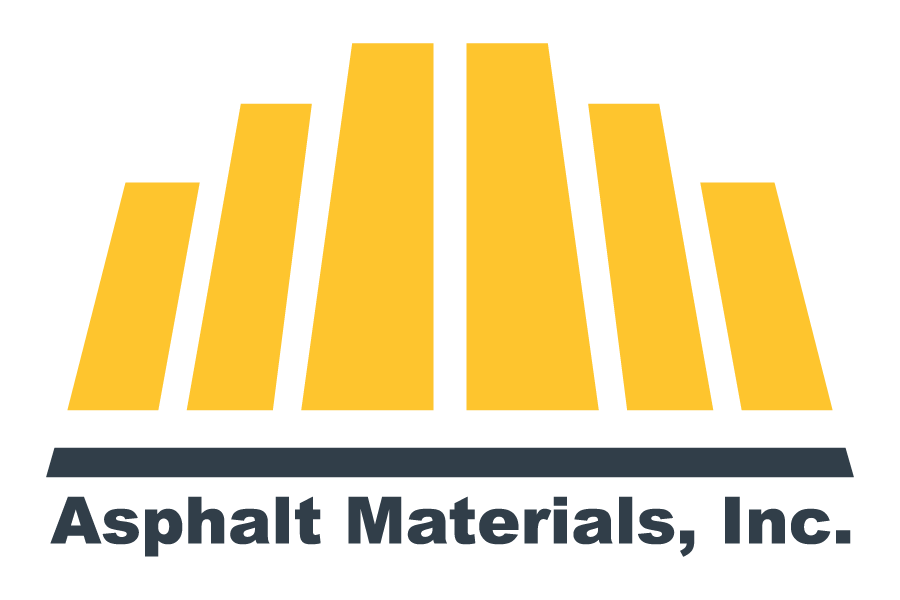
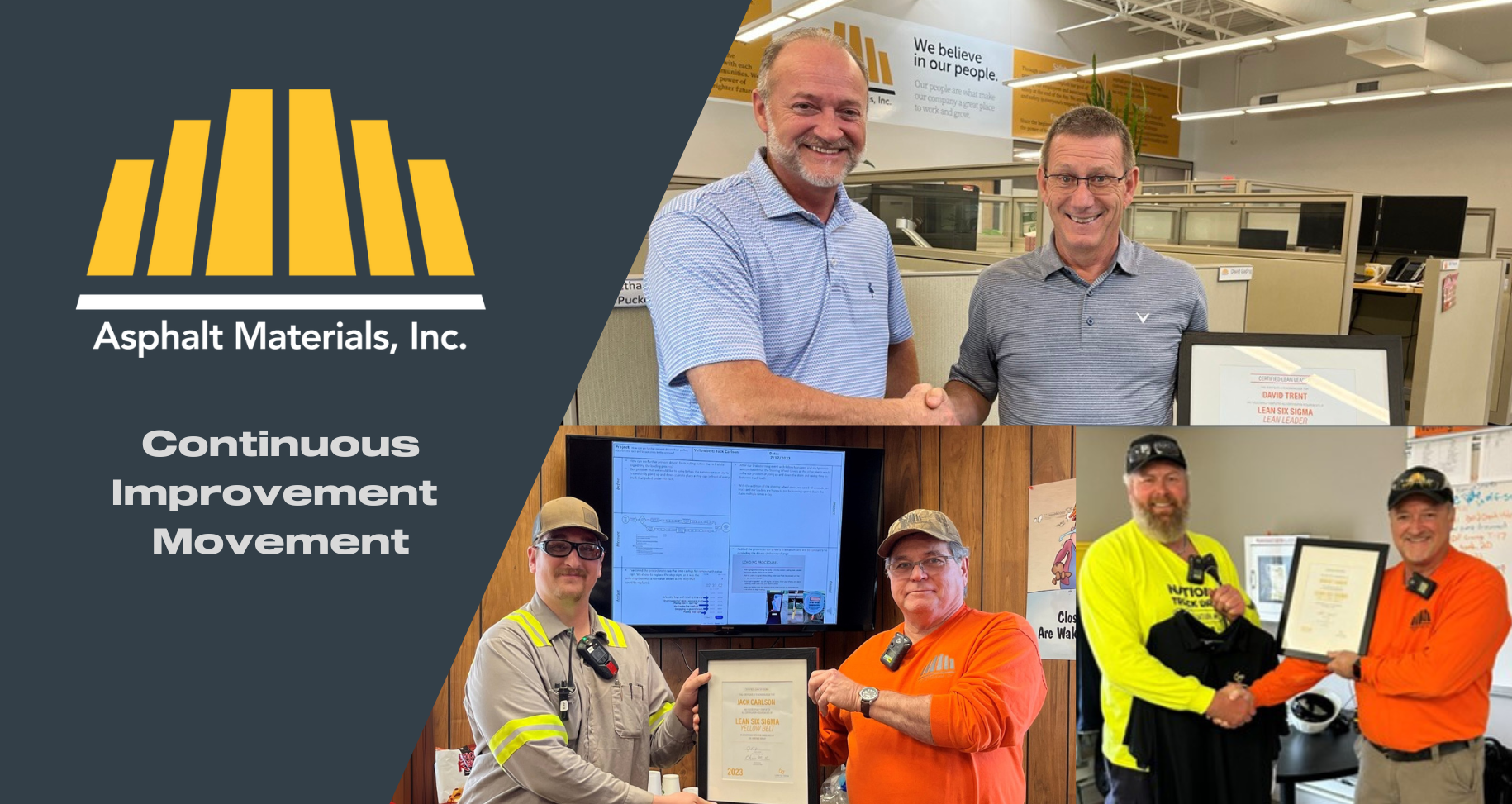
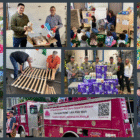


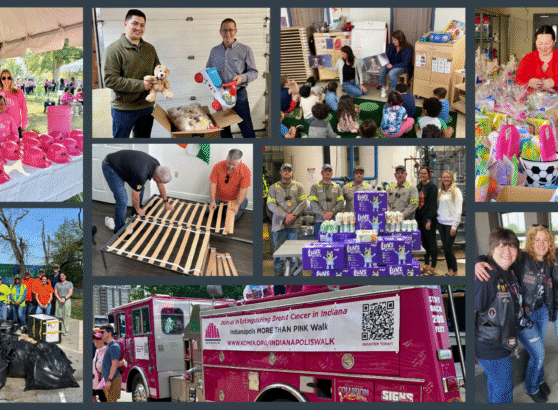
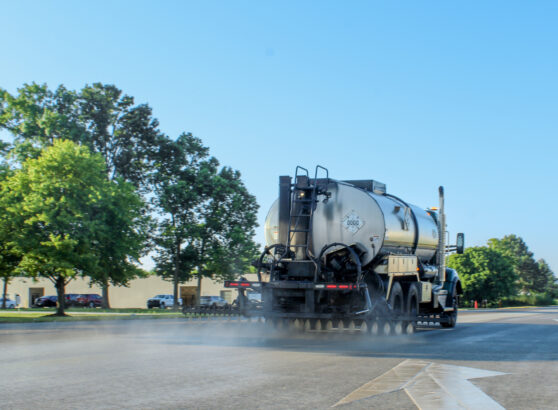
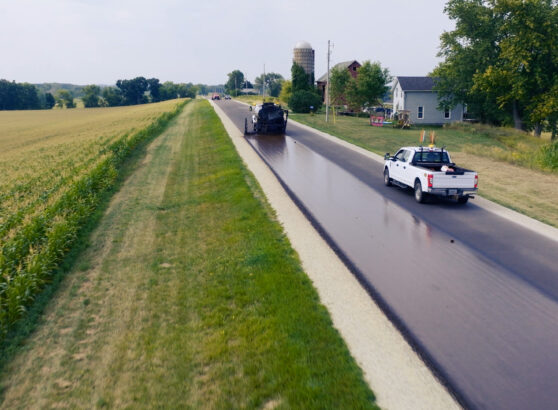
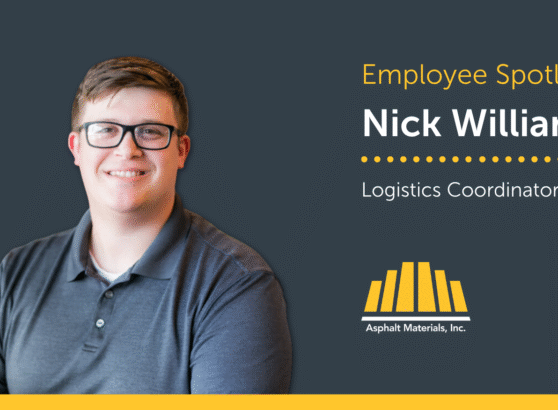


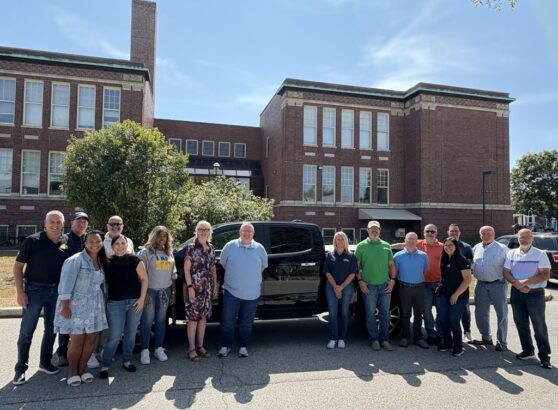
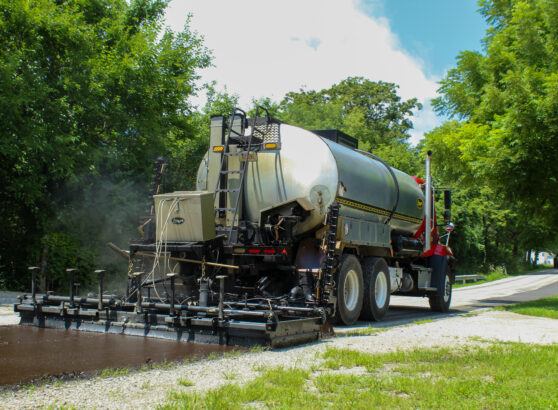

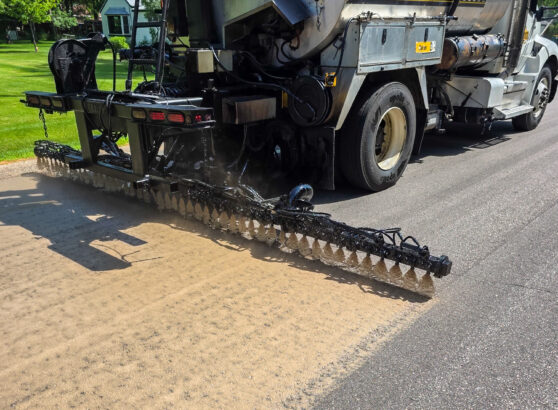
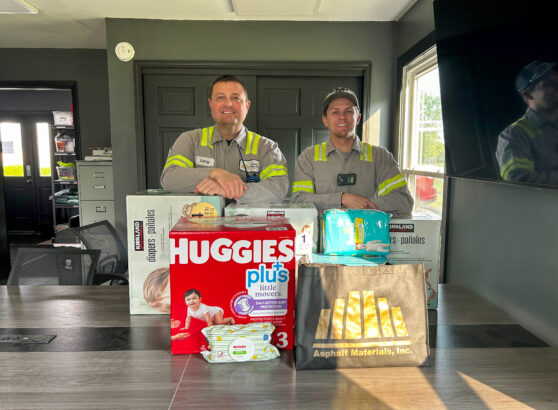
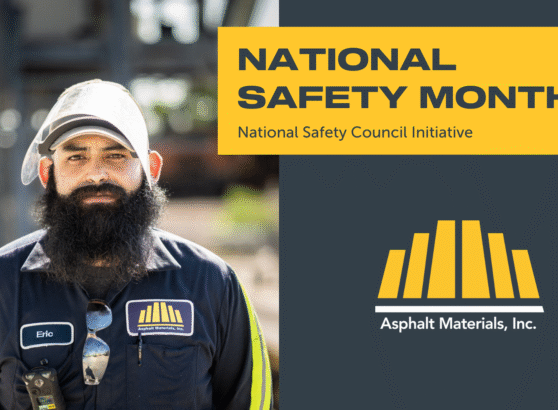
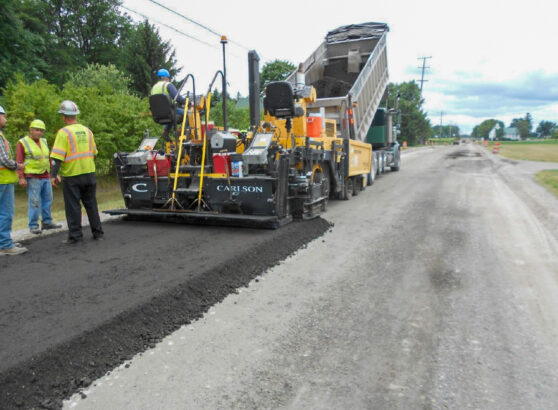

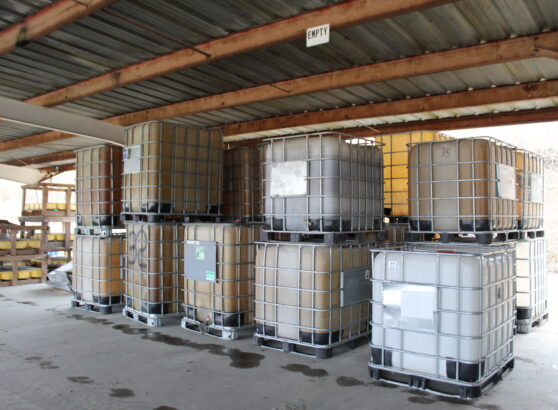
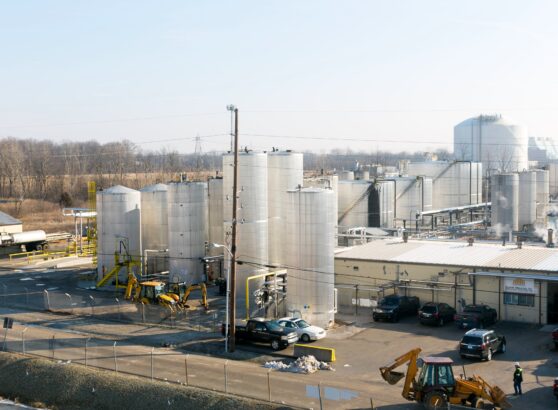
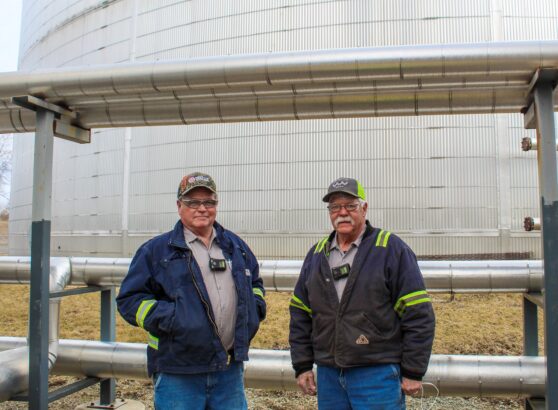
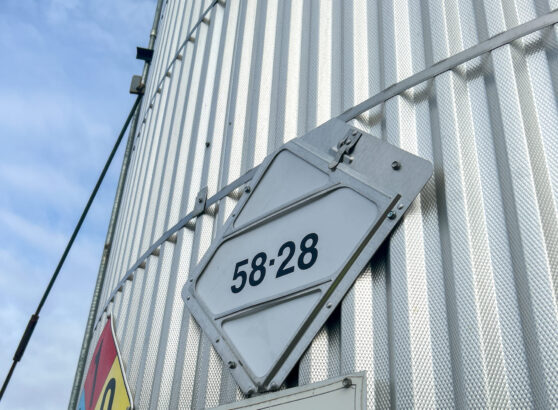

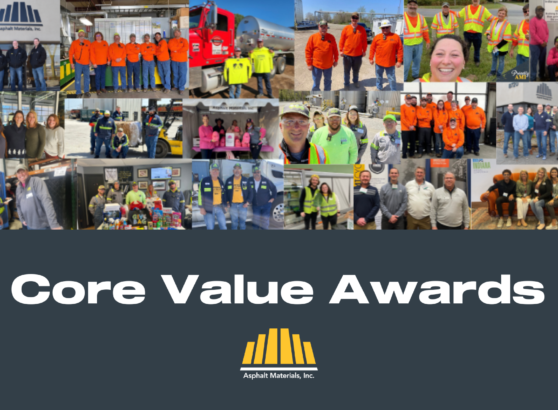
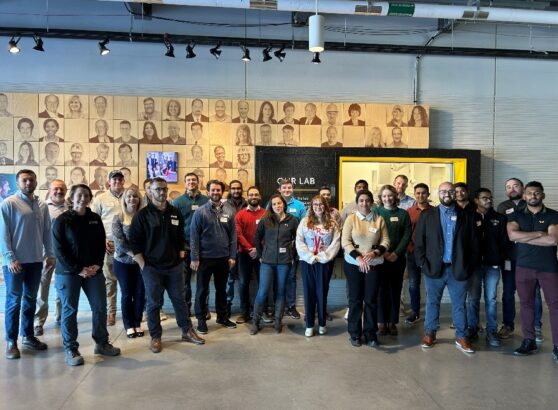
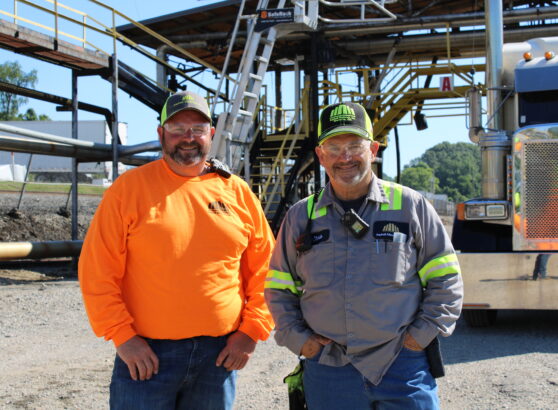

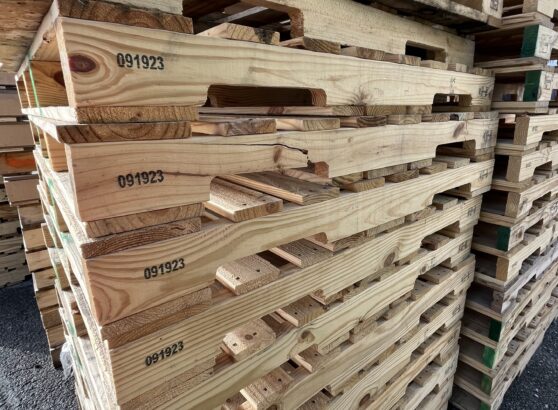
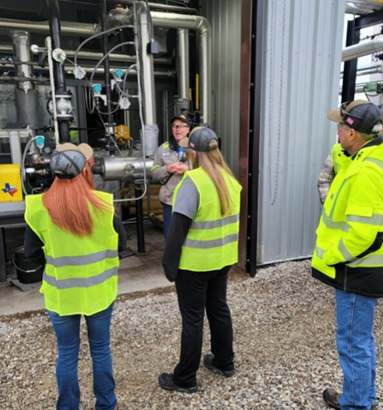









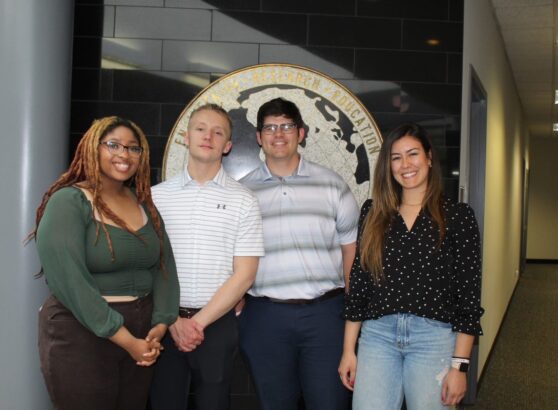



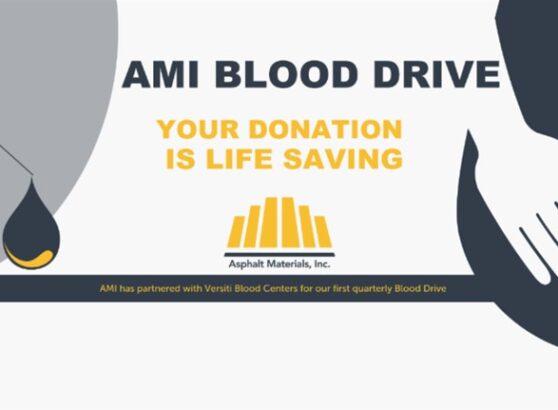

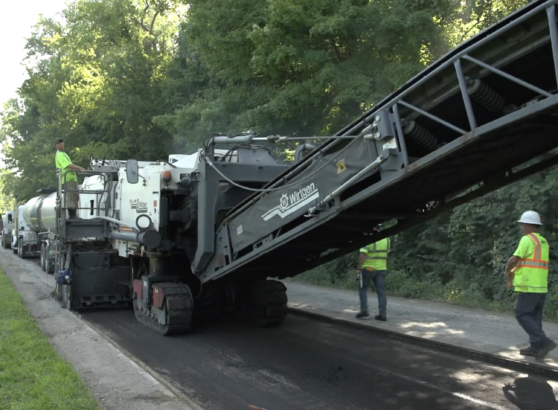
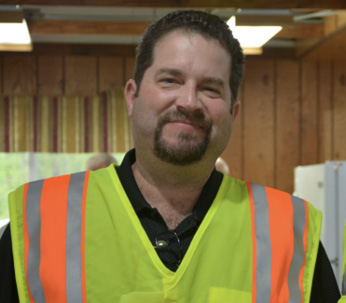
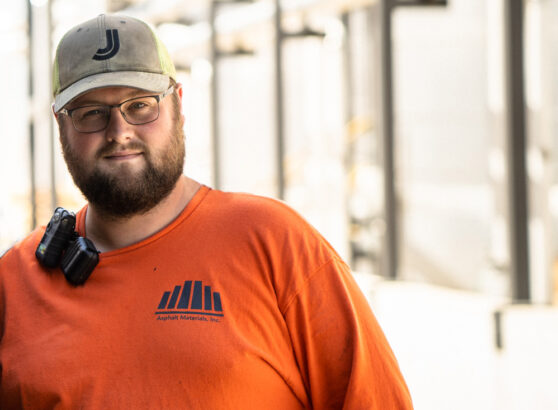






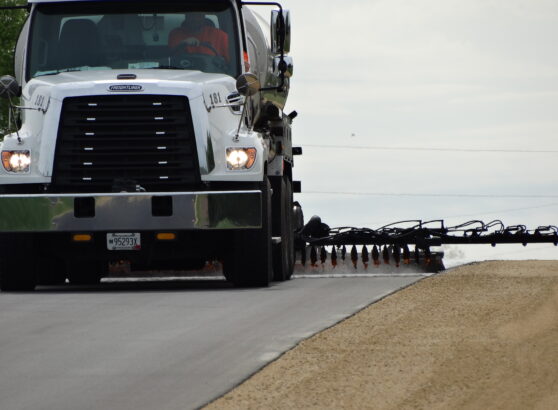
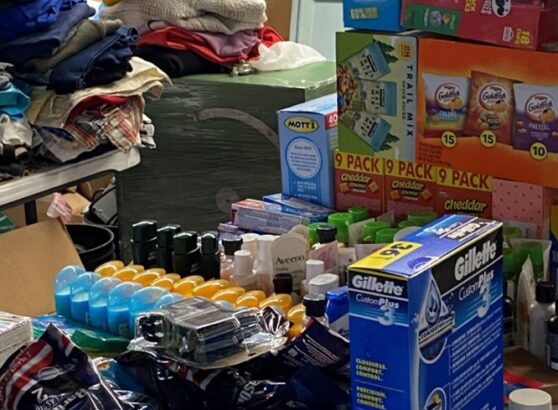
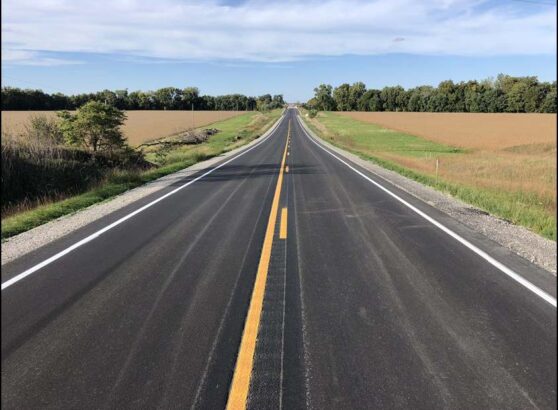


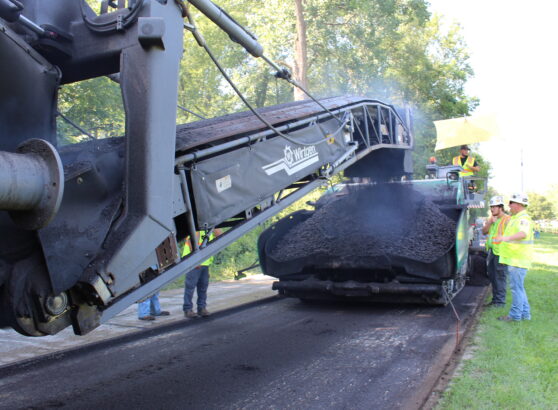

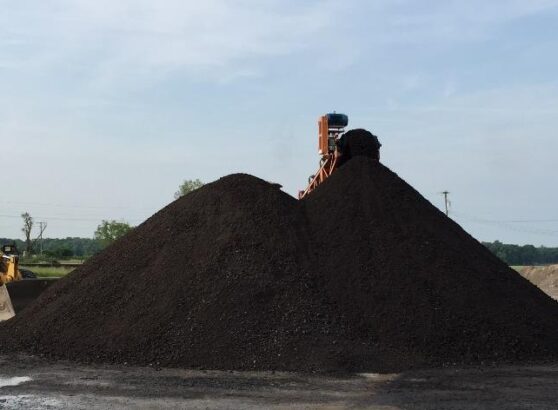




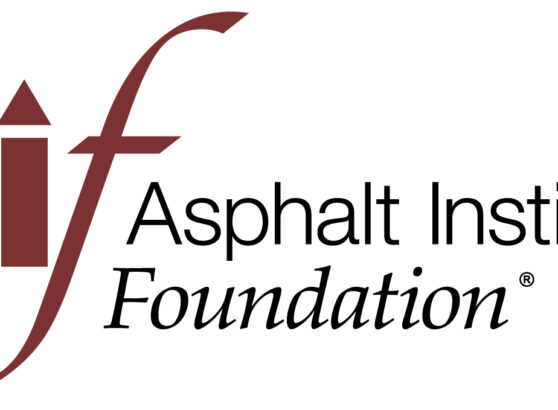








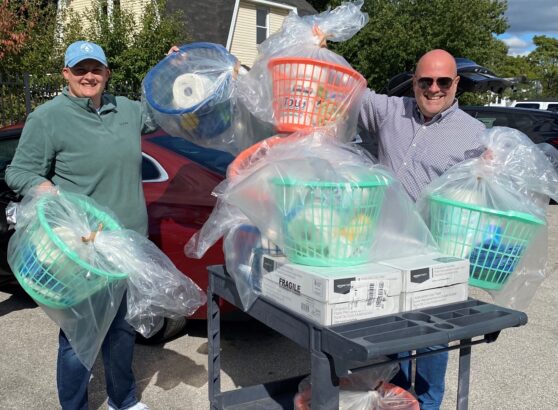
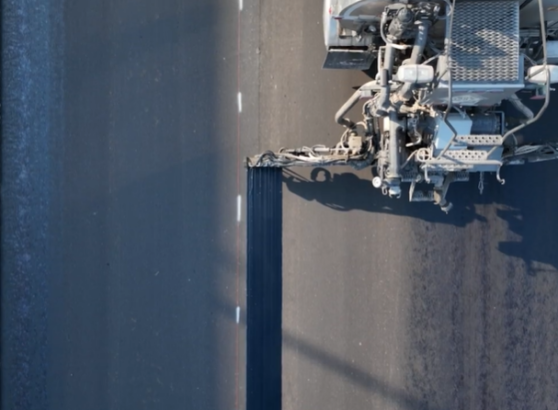


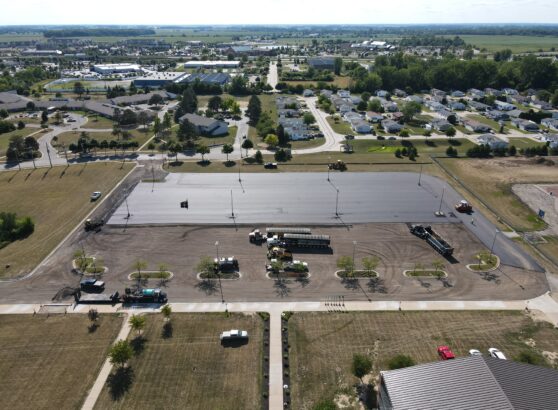





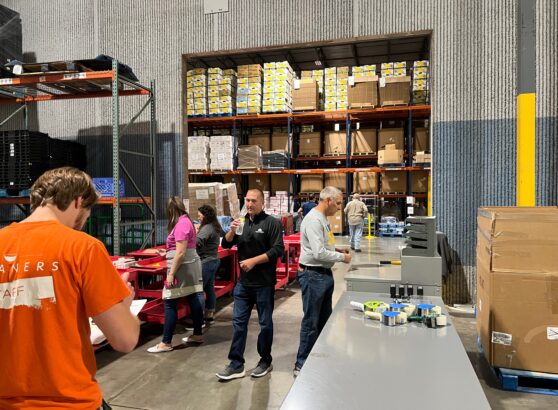
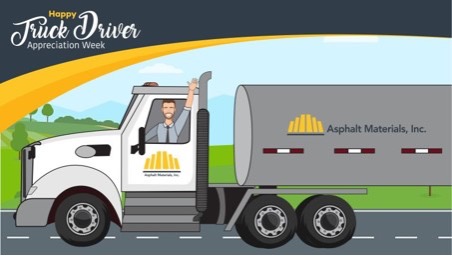

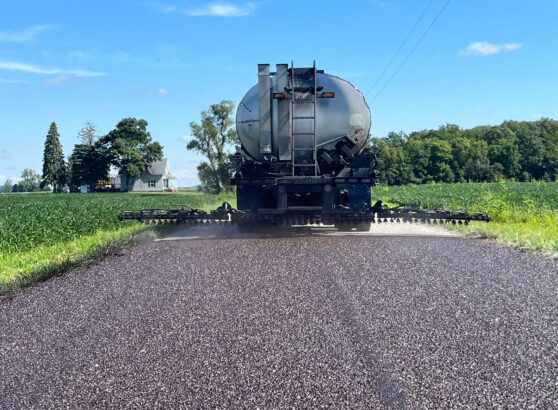



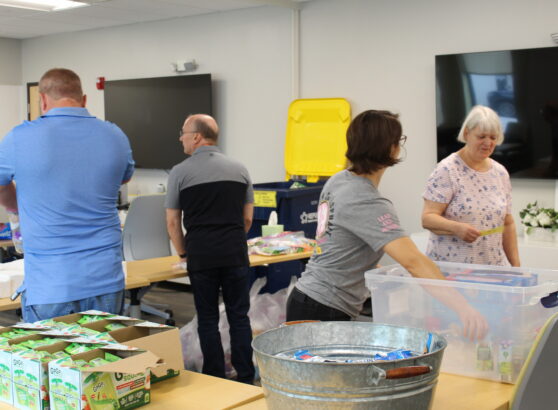

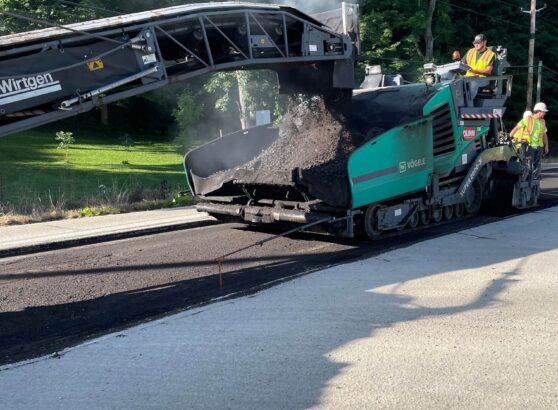









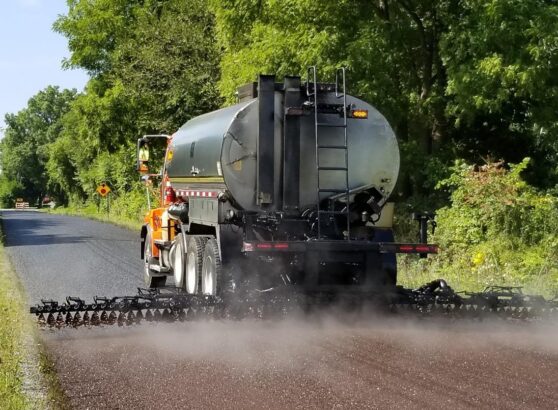

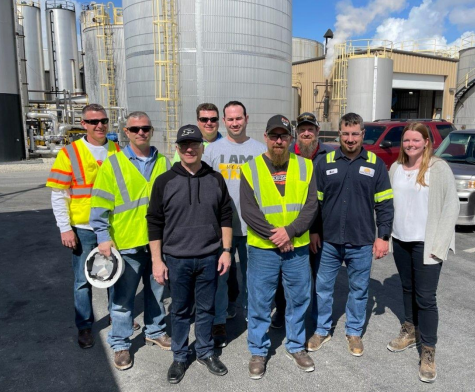

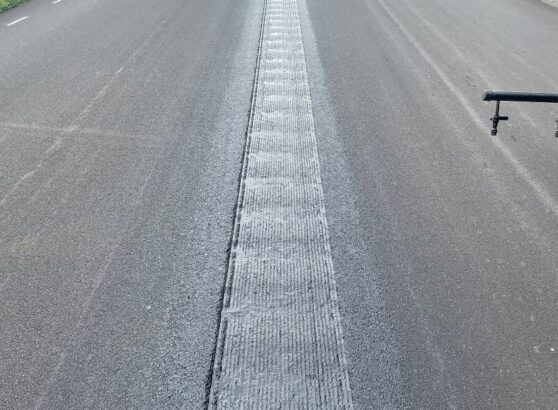
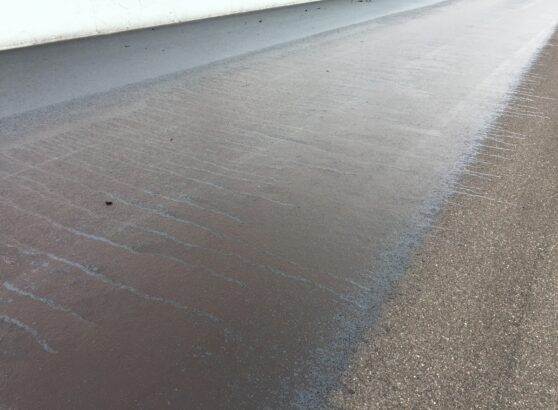




















Recent Comments